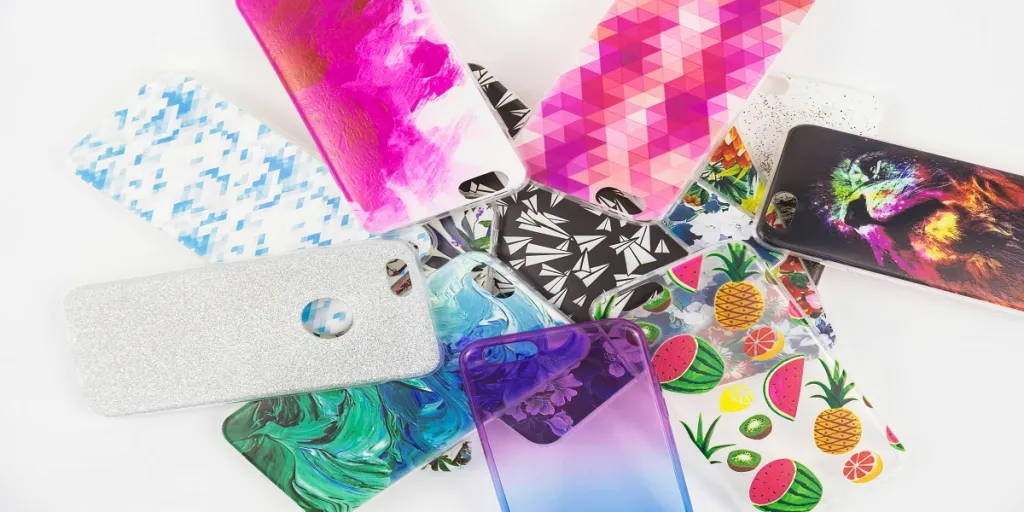DIY phone cases have grown in popularity as customers seek to customize the textures and patterns of their mobile skins. In 2021, smartphone shipments reached 1.39 billion units, showing the market size. Beyond this, 79% of smartphone users chose a phone case as of 2017. This means there is a large target audience for retailers to market to.
This article will begin by looking at the business potential of DIY phone cases and how retailers can choose which mobile skins to sell. Then it will explore which DIY phone cases are suitable for different end users before wrapping up with a summary.
Table of Contents
Why DIY phone cases are in high demand
Elements to consider when choosing DIY phone cases
Choosing suitable DIY phone cases for different end users
What’s next?
Why DIY phone cases are in high demand
Demand is increasing for cell phone cases with a personal touch as millennials wish to express themselves using phone cases. This is why protective skins for phones, especially those with “striking design” features, have become trendy. Innovative skins for phones allow retailers to offer phone cases that appeal to a diverse range of buyers within youthful age groups.
Another factor driving the popularity of DIY phone cases is the decrease in smartphone prices. This incentivizes consumers to buy smartphones, which, in turn, drives the demand for phone cases. Sales of custom phone skins are also driven by the fact that 44% of smartphone owners upgrade every 2 years.
Elements to consider when choosing DIY phone cases
Materials
The most common material used in DIY phone case design is thermoplastic polyurethane (TPU). TPU is often fused with a PC backplane as part of a 2-in-1 process. This increases the visibility of finer details, making designs eye-catching and realistic.
Texture options also differ, partly influenced by the increase in hybrid phone cases. These contain a soft inner layer, insulating the smartphone from everyday wear and tear. This appeals to buyers looking to protect their phones.
Retailers can explore which materials a potential supplier uses in its DIY phone cases and then decide if they’re a suitable choice.
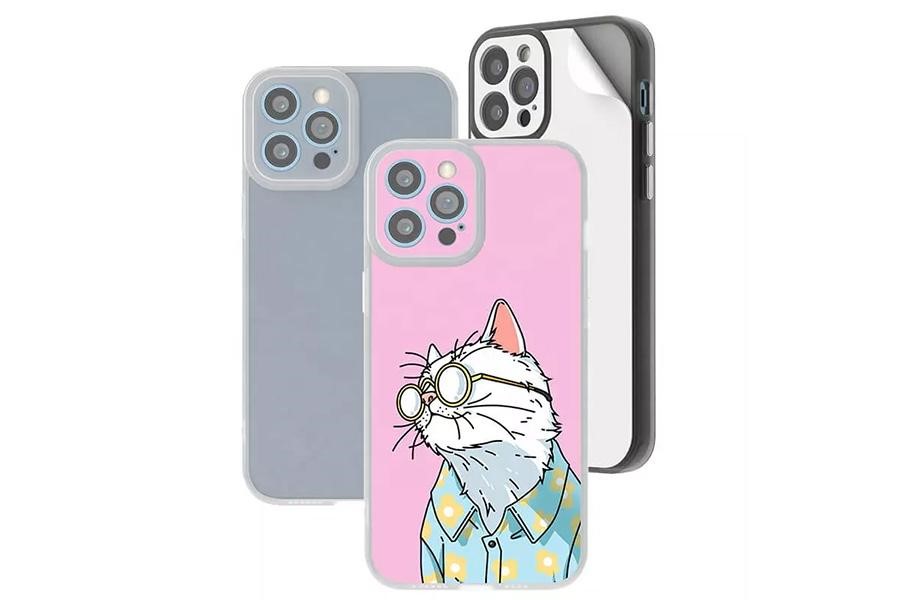
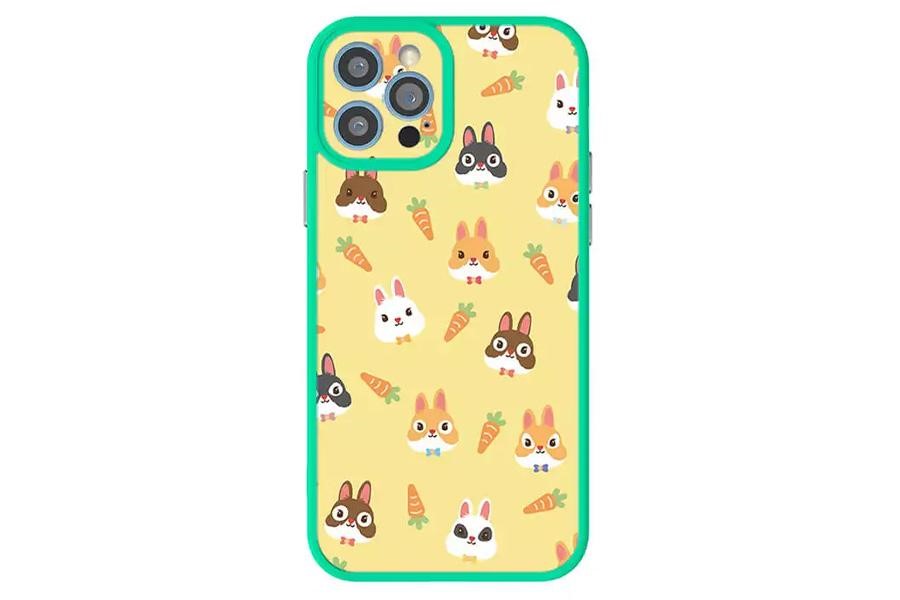
Designs
Many DIY phone case designs, including painted phone cases, come in many colors and textures. This increases their appeal and convenience for customers. For example, painted phone cases that provide shock absorbency are in high demand.
Cases with customizable avatars and colors also appeal to the target market. Pattern combinations, 3D images, and vibrant color schemes all aid self-expression among buyers.
By staying on top of these trends, businesses can learn what younger people and millennials seek from the market. Then, they can retail DIY phone cases that are more likely to sell well.
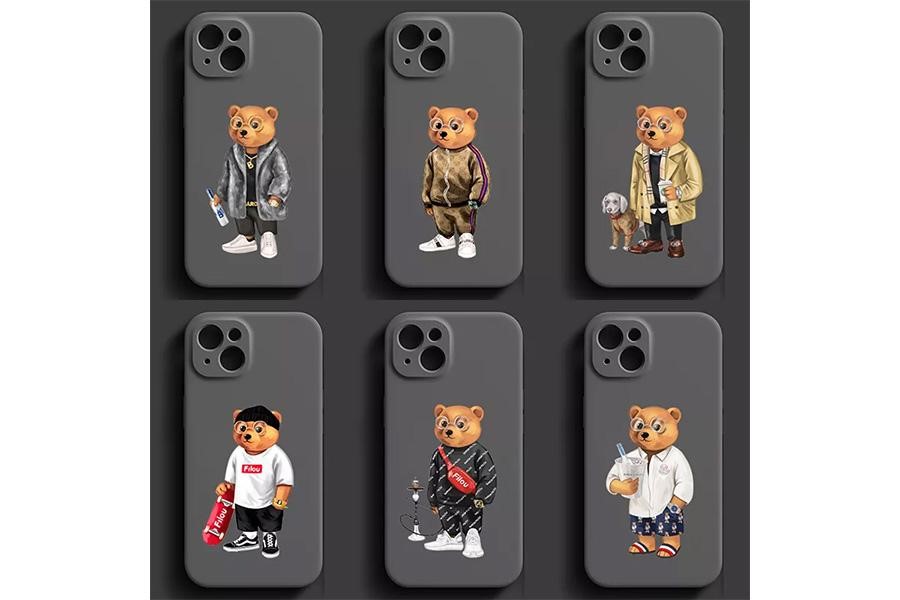
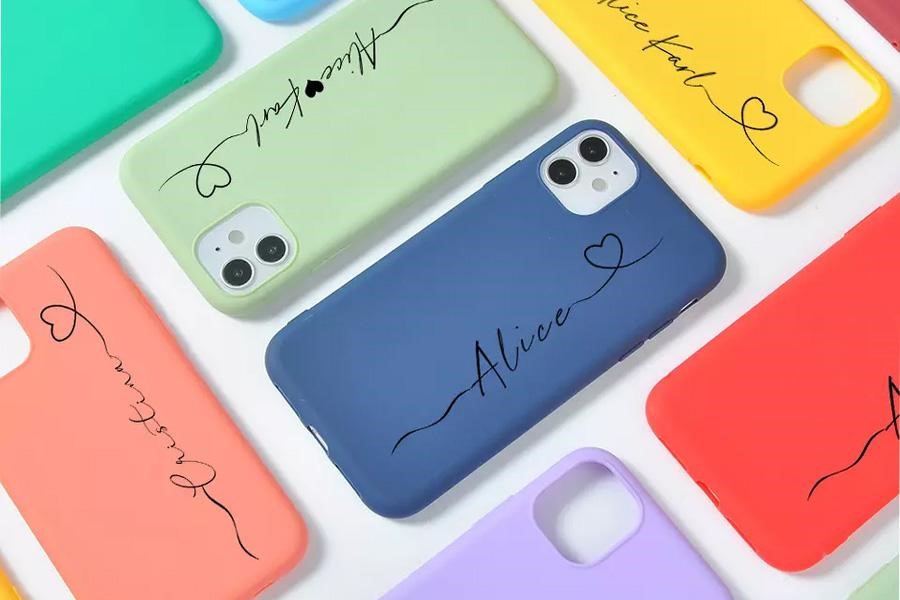
Technologies
Two main methods exist for the manufacturing of custom phone cases. These are IML and 3D sublimation. Both are worth investigating to decide which is most efficient for business needs.
Many phone case retailers also have in-store cutting machines to adjust customizable phone cases. This on-demand personalization increases convenience for the buyer.
Retailers can take steps to investigate which suppliers will use appropriate technologies. This includes checking the quality and efficiency of the manufacturing and delivery process.
Technological innovations like flip-style cases enable phone cases to meet a variety of buyer needs. This means retailers benefit from checking that suppliers use advanced equipment.
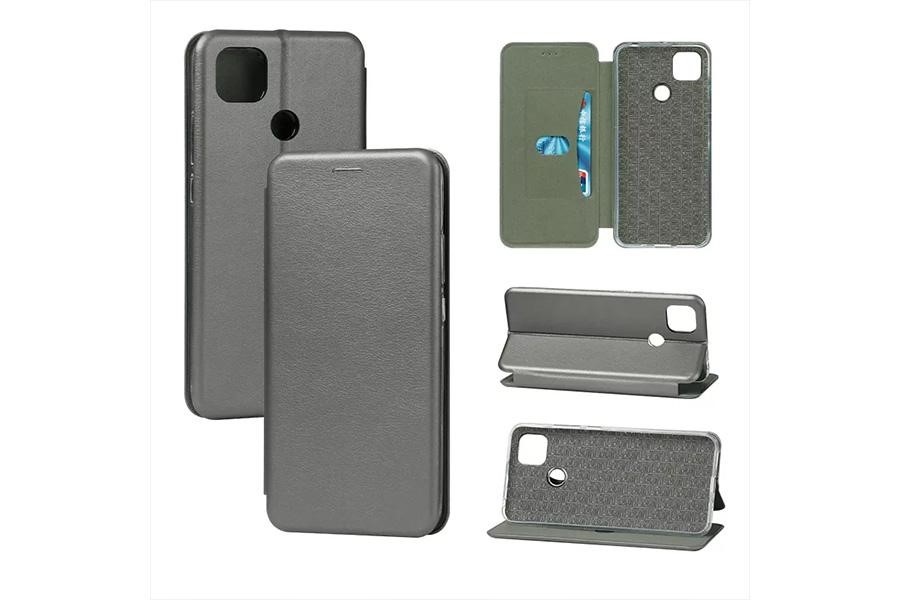
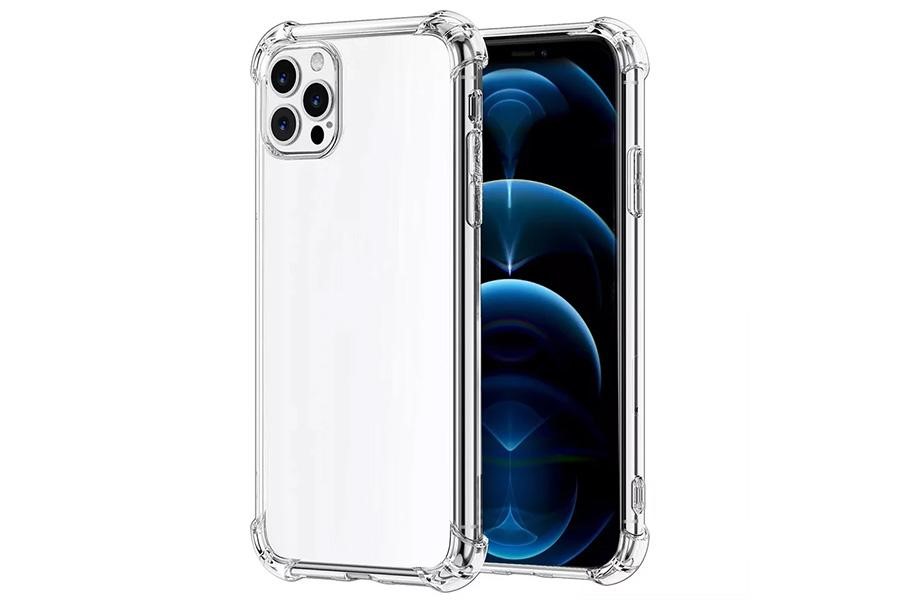
Choosing suitable DIY phone cases for different end users
If retailers choose a supplier offering many color, image, or logo options, it will be simpler to meet the desire for personalization. Retailers can use an authoritative process to source appropriate phone case ideas.
Target market for custom phone cases
For millennials, their phone case plays a significant role in their personal style. 58% of millennials match their phone case to their clothing, and 25% match their phone case to their make-up. With 53% of millennials owning more than one phone case, offering a variety of phone cases matching fashion trends is useful.
How to select appropriate DIY phone cases
Awareness of fashion trends among millennials helps determine which phone case designs to offer. Robust materials and innovative technologies appeal to the target market, as smartphones are used in many areas of life.
What’s next?
Millennials and younger people prefer DIY phone cases with eye-catching designs, cutting-edge technologies, and protective materials. By keeping these in mind, retailers can select suitable skins for phones aimed at millennials and younger people. This will improve the likelihood of establishing a strong sales pipeline.
